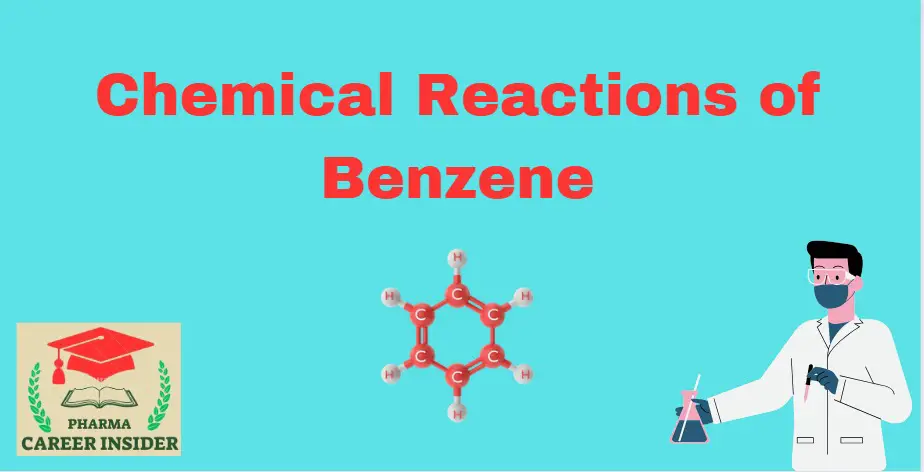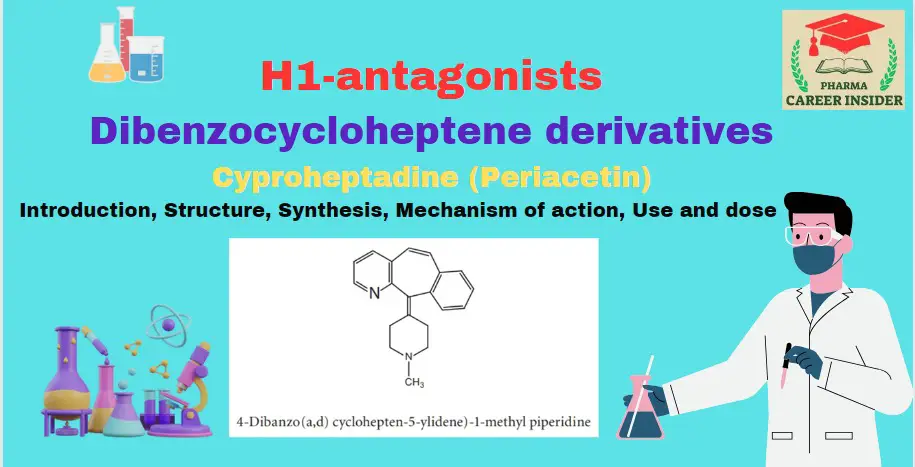Benzene, a six-carbon ring with alternating double bonds, exhibits unique chemical stability compared to aliphatic compounds. Its reactions often involve substitution rather than addition reactions.
Here are some fundamental chemical reactions of benzene:
1. Substitution Reactions:
(a) Halogenation: Benzene can undergo halogenation in the presence of a halogen (e.g., chlorine or bromine) and a catalyst. The reaction results in the replacement of a hydrogen atom with a halogen.
(b) Nitration: Benzene reacts with nitric acid in the presence of a catalyst, usually sulfuric acid, to form nitrobenzene. This involves the substitution of a hydrogen atom with a nitro group (-NO2).
(c) Sulfonation: Sulfuric acid can react with benzene, leading to the substitution of a hydrogen atom with a sulfonic acid group (-SO3H).
(d) Friedel-Crafts Alkylation and Acylation: These reactions involve the introduction of alkyl or acyl groups to the benzene ring using a catalyst such as aluminum chloride (AlCl3).
2. Combustion:
Benzene can combust in the presence of oxygen to produce carbon dioxide (CO2) and water (H2O). The combustion is exothermic, releasing energy.
3. Hydrogenation:
In the presence of a catalyst such as platinum or palladium, benzene can undergo hydrogenation, converting the double bonds to single bonds. This is not a common reaction due to benzene’s stability.
4. Oxidation:
Benzene is resistant to typical oxidation reactions. However, under harsh conditions, it can be oxidized to form benzoic acid or other derivatives.
5. Benzene as a Nucleophile:
Benzene can act as a nucleophile in reactions such as the Birch reduction, where it reacts with alkali metals in liquid ammonia, leading to the formation of a diene.
It’s essential to note that benzene’s reactions are often characterized by its stability and resistance to typical addition reactions. The substitution reactions, particularly electrophilic aromatic substitution, dominate benzene’s chemical behavior.




